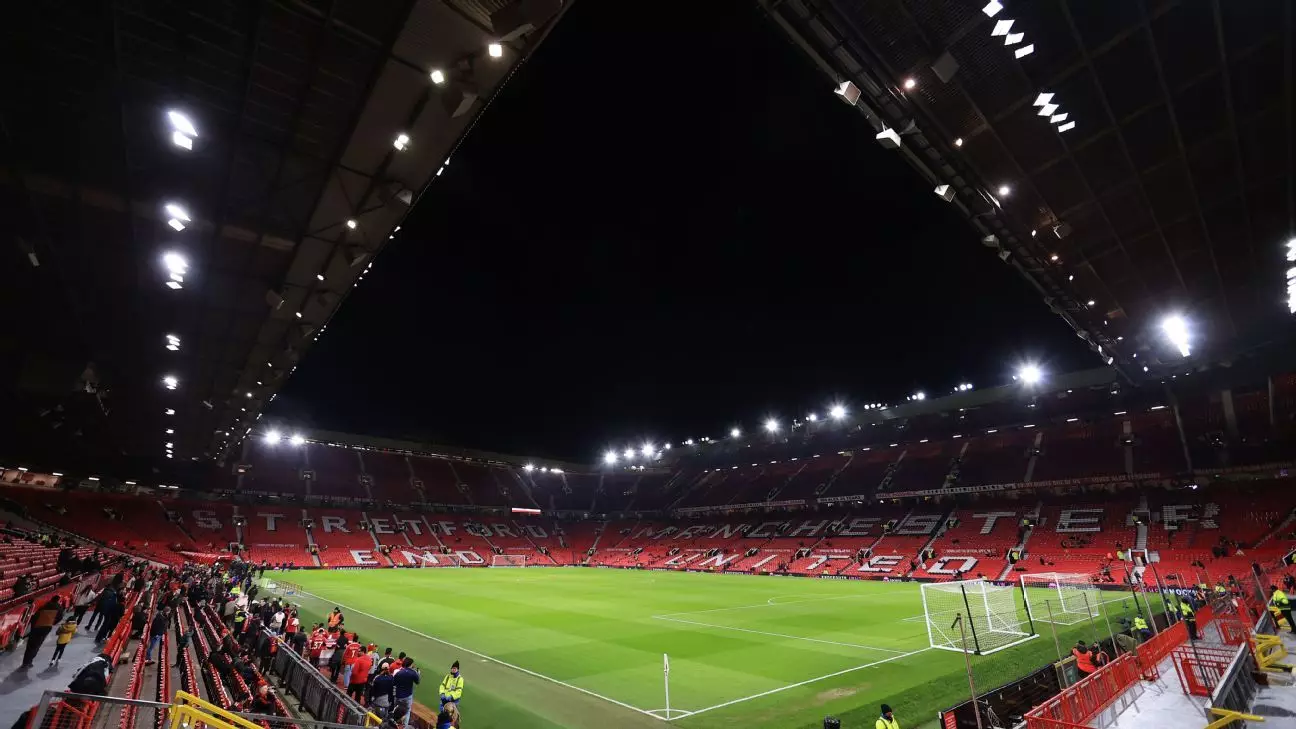Manchester United finds itself at a vital juncture in its storied history as discussions surrounding the future of Old Trafford escalate. With the club poised to announce its plan regarding either the redevelopment of the existing stadium or the construction of an entirely new 100,000-seat venue, fans, stakeholders, and analysts are intensely awaiting the decision slated for the summer of 2024. This decision is poised not only to affect the club’s branding and fan experience but could also influence the economic landscape of the surrounding area.
Feasibility Studies and Community Impact
The club’s recent announcement emphasizes that the Old Trafford Regeneration Task Force has conducted exhaustive feasibility studies to assess the stadium’s potential. Underlined in their reports is the finding that redeveloping the current site would increase the capacity to approximately 87,000 seats. However, the option of constructing a new stadium offers a substantial leap in seats, expanding the venue’s capacity to an impressive 100,000. This decision isn’t merely pragmatic; it echoes Manchester United’s ambition to set a benchmark in sports architecture, aligning with modern expectations for fan experience, amenities, and revenue generation.
Moreover, the club highlighted the broader implications of this development: a newly built stadium could act as a catalyst for economic rejuvenation in the Trafford area, potentially generating an astounding £7.3 billion in gross value added to the UK economy and creating over 90,000 jobs. This dual focus on sporting excellence and community enhancement reflects a strategic vision that could intertwine the club’s success with local development.
Fan Sentiment and Club Strategy
The involvement of supporters in this decision-making process cannot be overstated. Manchester United’s assertion that 52% of fans favor a new stadium underscores the club’s awareness of the importance of maintaining a strong relationship with its fan base. Engaging fans not just as stakeholders but as key voices in the decision-making arena serves to reinforce the club’s commitment to inclusivity. However, this figure also provokes questions about the other half of the fanbase and their perspectives on the redevelopment versus a completely new venue. It begs the need for continued dialogue and perhaps deeper surveys that capture a more nuanced understanding of fan sentiment.
As Manchester United gears up for a decision that could redefine not only its iconic image but also its commitment to innovation and community, the anticipation builds. Whether the club opts for the redevelopment of the historic Old Trafford or plunges into the creation of a new, expansive arena, the effects will resonate far beyond the pitch. For stakeholders invested in the club’s future, the upcoming months promise to be filled with speculation, discussion, and hope for a brighter, more prosperous era for Manchester United—and its dedicated legion of fans. The outcome of this decision will undoubtedly leave an indelible mark on the club’s legacy for generations to come.

Leave a Reply